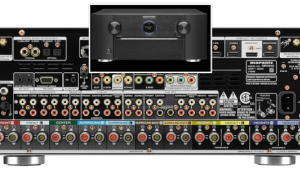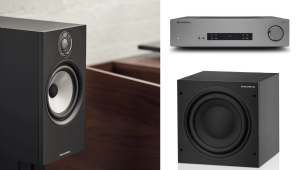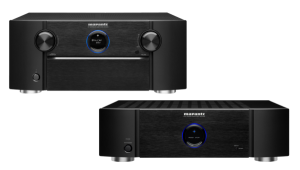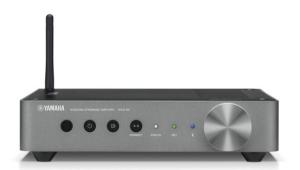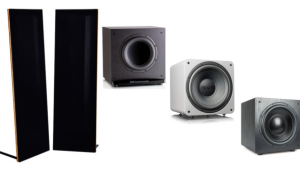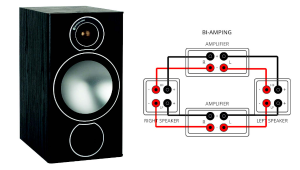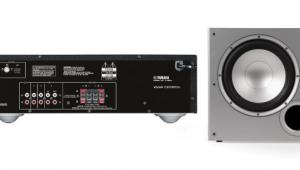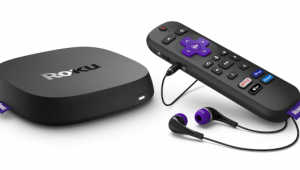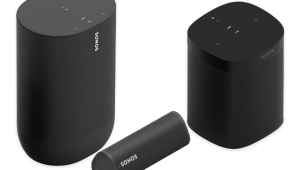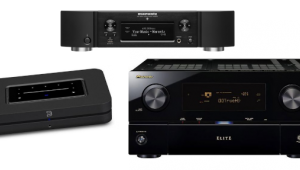Can a TV’s Built-in Apps Stream True 4K?

A The built-in apps such as Netflix, Amazon Prime, Vudu, and YouTube on most Ultra HDTVs are indeed capable of streaming 4K resolution video along with HDR10 and, in some cases, Dolby Vision and HDR10+ high dynamic range. And by 4K I mean real 4K, not upconverted 1080p HD video. It’s easy to verify the resolution of movies and other content offered by streaming services. With Netflix, for example, a program page will provide tags indicating HD, Ultra HD/4K, or Dolby Vision status. For Amazon, 4K content is labeled as 4K/UHD, and Vudu clearly lists programs as being Dolby Vision, 4K/HDR (HDR10), or HDX (1080p). If your TV’s built-in apps aren’t capable of supporting 4K/HDR streaming, relevant tags (Dolby Vision, for example) won’t be listed on the program’s info page.
Though streaming via Wi-Fi shouldn’t have an effect on video resolution, whether it does or not will depend on the robustness of your home’s internet connection and wireless network. Netflix, for example, specifies a 25 megabits per second connection speed to stream Ultra HD. (You’ll also need to upgrade to a $16/month Netflix Premium plan.) And while the service tier you have with your ISP may support that, using an older router (802.11g, for example) will reduce the connection speed of networked devices such as a TV to below that threshold. For optimal streaming quality, you’ll want to use the most current and best Wi-Fi router you can afford. New models also support dual-band (2.4GHz/5GHz) connections, have increased transmission range, and are designed to support simultaneous streaming to multiple devices in the home. With one of these in place, you should have no issue streaming 4K over Wi-Fi to a TV.
Click here for more expert advice on all things audio and video.
